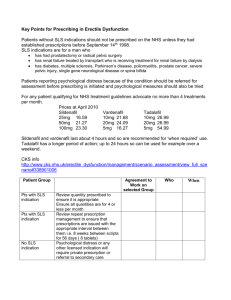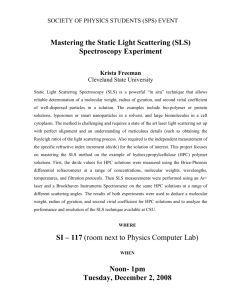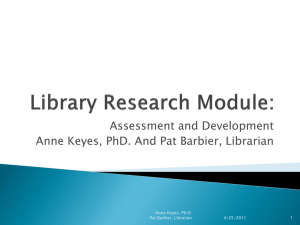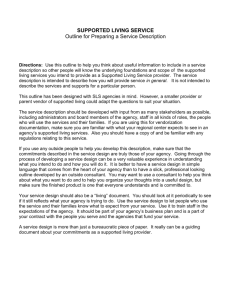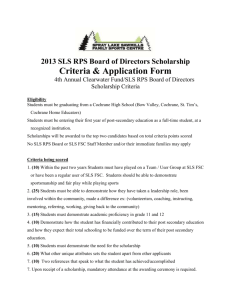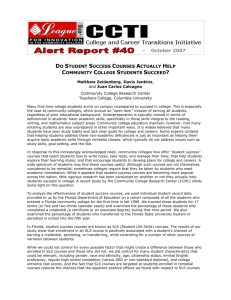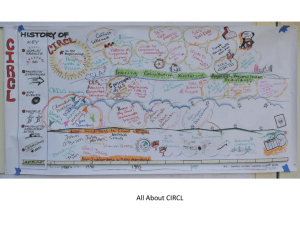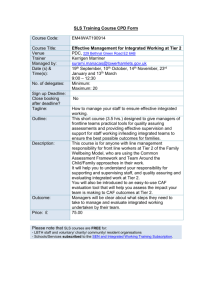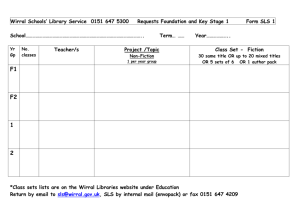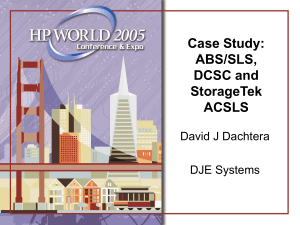SLS 480P - e
advertisement
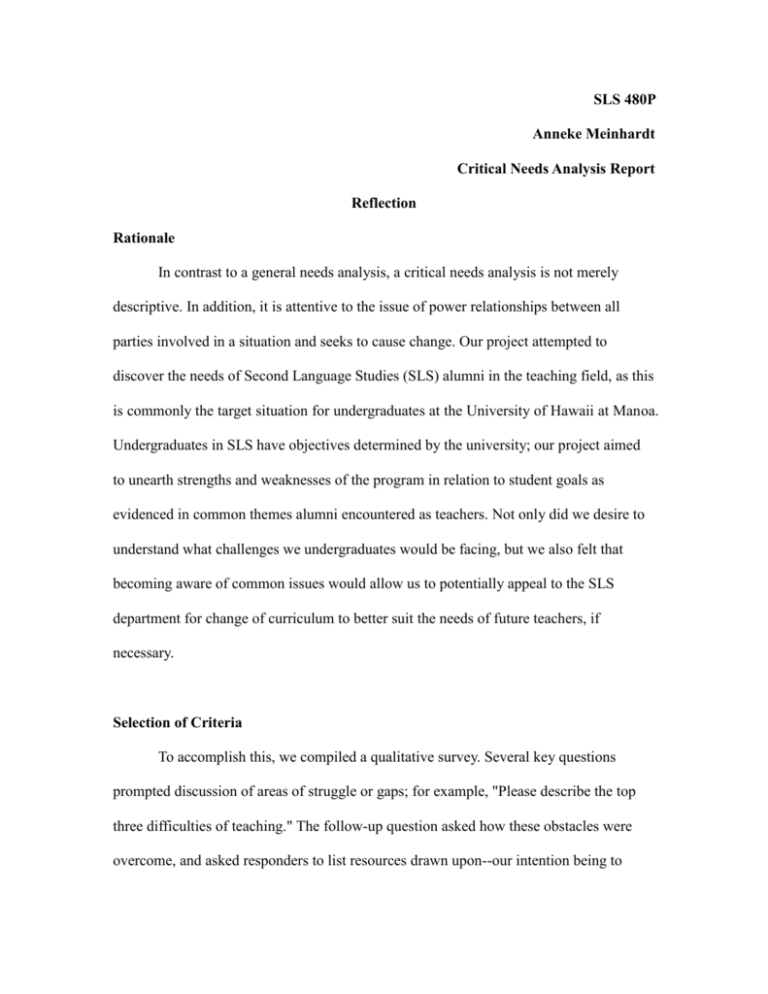
SLS 480P Anneke Meinhardt Critical Needs Analysis Report Reflection Rationale In contrast to a general needs analysis, a critical needs analysis is not merely descriptive. In addition, it is attentive to the issue of power relationships between all parties involved in a situation and seeks to cause change. Our project attempted to discover the needs of Second Language Studies (SLS) alumni in the teaching field, as this is commonly the target situation for undergraduates at the University of Hawaii at Manoa. Undergraduates in SLS have objectives determined by the university; our project aimed to unearth strengths and weaknesses of the program in relation to student goals as evidenced in common themes alumni encountered as teachers. Not only did we desire to understand what challenges we undergraduates would be facing, but we also felt that becoming aware of common issues would allow us to potentially appeal to the SLS department for change of curriculum to better suit the needs of future teachers, if necessary. Selection of Criteria To accomplish this, we compiled a qualitative survey. Several key questions prompted discussion of areas of struggle or gaps; for example, "Please describe the top three difficulties of teaching." The follow-up question asked how these obstacles were overcome, and asked responders to list resources drawn upon--our intention being to possibly compile a list of said resources to make available to current students. Similar questions included requesting feedback on which SLS classes alumni felt became most useful to them in their teaching career, as such information might better inform undergraduate course elective decisions. Important Findings The most prominent theme that emerged in our findings dealt with the topic of research. When prompted for the most useful elements of their SLS education, responders frequently referred to the foundation and emphasis of theory and research the university provides. It is interesting to note that responders, as teachers, sometimes voiced frustration with school systems or individuals that did not, in their perspective, adequately identify and meet their students' needs--that is, the teachers in our survey often seemed to be conducting their own needs analyses! When linked with the strengths of their education in language studies, perhaps there is a correlation. Simultaneously, it is often said that strengths are also weaknesses. When asked about challenges of teaching, the two most common words were "classroom management" and "time management," followed by the issue of effectively addressing students of varying levels in the classroom. One respondent noted that "SLS provides very little practical training for teachers." It may be relevant here to point out that of all 35 individuals surveyed, only one mentioned having had teaching experience by way of practicum. One particularly striking quote reads, "It's not the actual research that is important, but the ability to take research and theory and use it to inform your teaching." I understand the SLS department will have a working practicum incorporated into the major by 2015. I am quite optimistic and excited to think of even further excellence achievable by the coupling of strong research-informed theory as well as practical experience the program will then offer. Personal Experience Initially, I imagined that selecting a topic for critical needs analysis would be a problem. Ironically, the answer came to me when I least expected it: I was worrying about what obstacles I might encounter in my teaching experiences after graduation, and I realized I could make finding answers to these ponderings a reality--one in which I might also provide helpful or even transformative information to my peers and/or the SLS program. Being able to alleviate my concerns, satisfy my curiosity, and conduct a critical needs analysis by taking action toward the trajectory of my own (and future students') educational goals has proved to be immensely meaningful and rewarding to me personally. It has also deepened my desire to become involved and use my voice; it's exciting to think that what I do might be able to help other aspiring teachers such as myself (and, indirectly, also help the global SLS community and language learners). As to the most difficult parts of the critical needs process, I think next time I would be able to create a more succinct and effective survey. Analyzing essay responses from a wide variety of individuals was slightly challenging (albeit tremendously interesting). Conclusion In our research context, using a general needs analysis as opposed to a critical needs analysis would be rather anticlimactic as well as ineffective as it would, at best, merely describe SLS alumni teaching situations. The advantage of critical needs analysis is that it seeks to take effect change, and places the power to do so in the hands of the perhaps traditionally less empowered; for instance, I can imagine a university student complaining about taking a required course, but not recognizing that the ability to question and change things might be closer to him than he realized. It is my hope that the information our analysis has uncovered will serve to aid development of our program as well as inspire fellow students to become involved in shaping their own education. It has certainly done this for me. Appendix - Questionnaire 1. What level degree did you receive in SLS? 2. Please describe your first teaching situation/job (this may include location, type of school, student grade level, student ability, etc. The more information you can include, the better!). 3. Did you have any classroom teaching experience prior to this job? If so, please describe briefly. 4. If you did not have teaching experience prior to your first teaching job after graduating, how did your SLS classes benefit you? How were you able to use knowledge from specific SLS classes to your advantage in your [first] teaching situation? 5. Please describe the top three difficulties you faced in your first teaching job after graduating. 6. How did you resolve these issues? If applicable, please include any resources you drew upon. 7. What were the easiest aspects of teaching for you? 8. In retrospect, which SLS classes do you feel became most valuable to you in the teaching field? 9. Where in the world are you working now? Are you still teaching? 10. Do you have any advice to pass on to SLS undergraduates who plan to go into the language teaching field?

